Path Of The Indie — Unfolding The Development

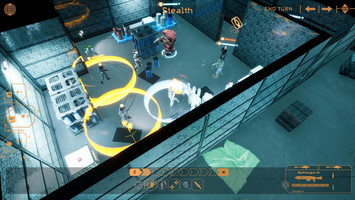
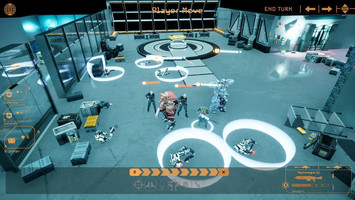
We continue the series of articles conducted on behalf of Head of the Game Project Saturated Outer Space
Greetings!
For newcomers here is the first post where you can find who I am and why these articles might interest you.
Disclaimer: I’m not going to tell you how to make video games but I will share my experience and learning process of managing an indie team while following the path.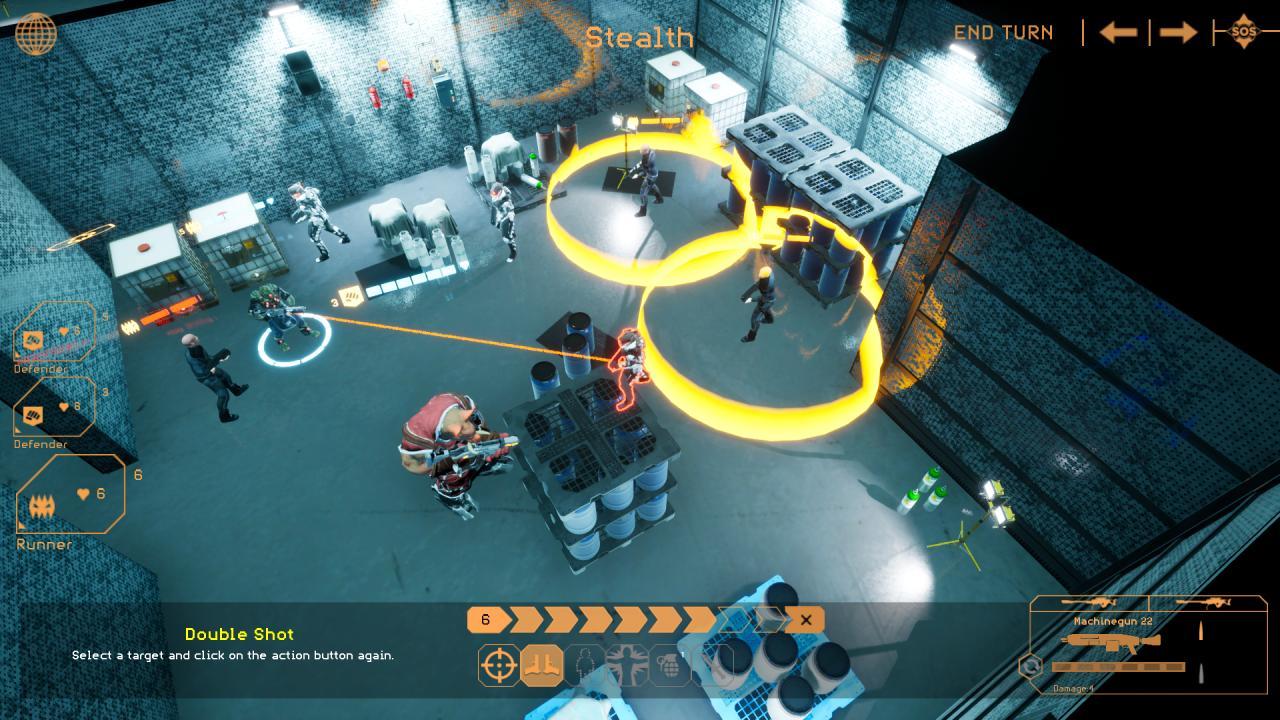
That's a great plan, Walter. That's f***in' ingenious, if I understand it correctly. It's a Swiss f***in' watch.
The Big Lebowski
Right after the first game conference (read more about it in the previous article) it became obvious that we had to identify:
- What was horrible? How was it supposed to be changed?
- What was absent? How to implement it?
- What was worth keeping due to its potential?
- What could be cut off painlessly?
To answer all those questions we had in our arsenal the list of reviews from the DevGamm conference and, of course, the roadmap. Back then we had two versions of it at our disposal: the real one for internal use and the fake attractive one for public presentations.
We decided to do some serious feature-cutting and remove at least half of the content. While lacking expertise in important remaining aspects, we began the quest to acquire some in 3D-modeling, code writing, animation and marketing.
We used such resources like:
- Freelance platforms, forums and job sites
- Asked our mentor from the educational program to look through students
- Searched among our friends and contacts
As a result, we managed to get onboard two experienced Programmers, a novice 3D-modeler, a Marketing Specialist, and found by a fluke a Level Designer and Game Designer with proficiency in localization in English and Chinese. It took us 2 months, dozens emails sent to friends and acquaintances, a few announcements made on gamedev forums and the networking power of our mentor.
Was it difficult to scout? I would say ‘no’ but it did require a lot of patience and clearly specified responsibilities awaiting for ‘fresh blood’.
Was it difficult to get through responses? No but we weren’t overwhelmed with applications, of course.
Did it become harder in managing the team that grew up twice its size? To some degree. We created a few subject-related chats in telegram which I took under my moderation as a PM. One for different kinds of announcements and general talk, a marketing themed chat and a chat dedicated to content, art and music. We set two conference calls per week. I prepared agendas for each, wrote down the results, created tasks in Jira, filled up the data in Confluence, saved documents on shared Google Drive and sorted all up to make the workflow easier for each member.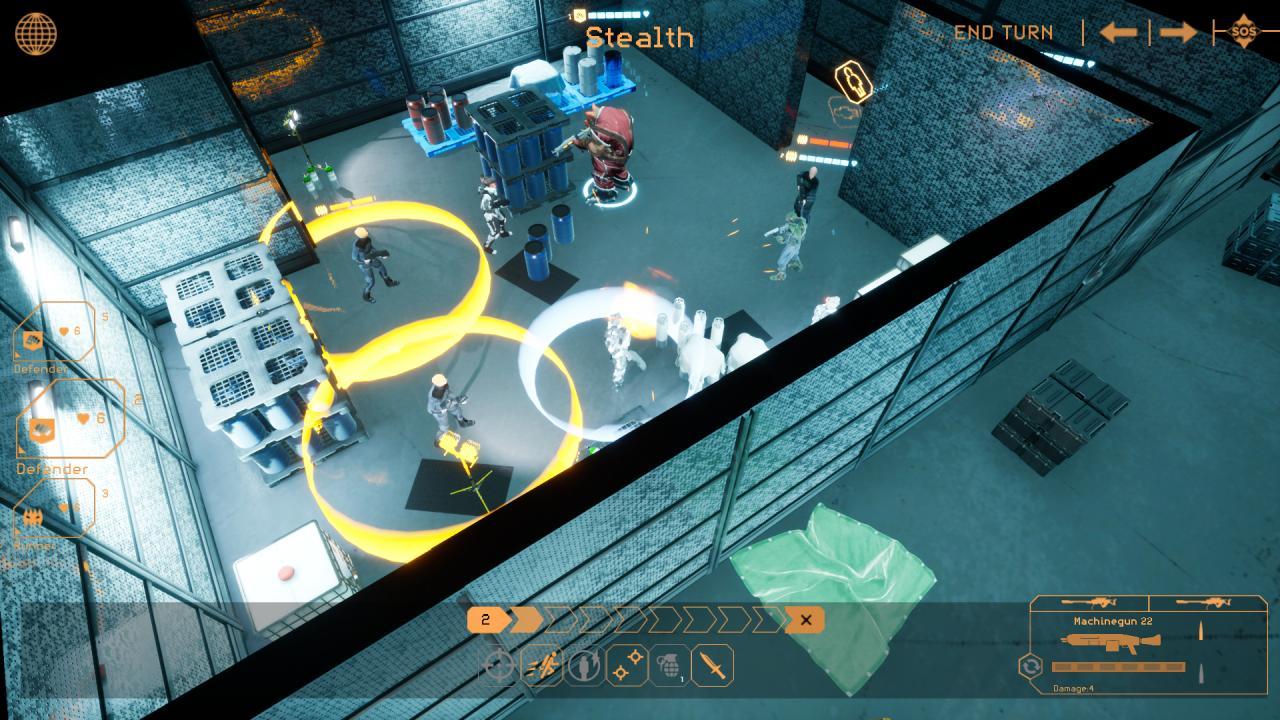
In July 2019 newly joined developers analyzed the insides of the project and reported back with a disturbing sentence “we need code refactoring” which stood for rebuilding the architecture and moving from Blueprints to C++. We had no choice and put that in action.
We carried out SWOT analysis and established that our game would be story-driven and all the mechanics and the visuals designed around the narrative. However, we still needed to determine the core loop gameplay because, mildly speaking, using “profound lore” is not quite an original approach. We began to create levels and game design drafts. The concept was revised and became more detailed. It was still far from actual documentation but we caught the essence.
By that time, we established unspoken rules which I suppose made us act like a dream team. These followed by the series of administrative documents: our charter, company policy and the list of employees. Our obligatory ‘welcome task’ includes a first insight into these guidelines.
Tasks for the team were based on a working version of the feature list which appeared to be efficient as it facilitated planning conference calls, marketing activity and made the overall workflow more transparent.
Our project was growing to something bigger although it had been conceived for learning and practicing at the very beginning. All members of our team as of the end of the summer in 2019 were aware that the development process would take much longer than it had been planned. To recap, we aimed to release the game (at least in Early Access) in August 2019 within 7 months of work. We had loads of enthusiasm but few free time in the evenings. The prolonged period for development wasn’t frightening to us. It is not the first time in gamedev history...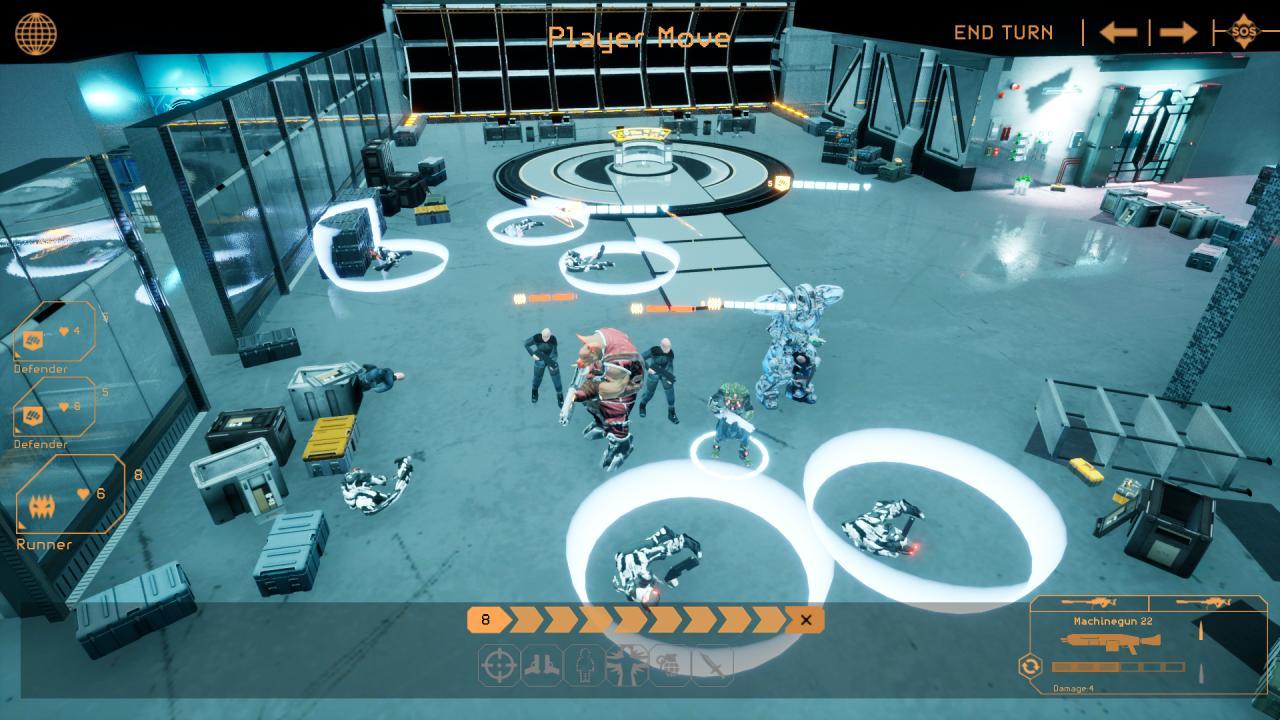
At that moment the founders came up with the idea to transform this “gathering in a garage” into something serious that could actually sell itself. We all agreed to create a real thing as an objective. Not something to mention in the portfolio but to be our springboard for becoming a real developer studio.
This part covers the time from June to August 2019.
The moral of the story: the project was being developed as a product as well as our team had improvements in infrastructural and organizational perspective which allowed us to gain new levels afterwards. It took us certain steps to leave the unknown and enter a new stage of the indie path. Those steps were:
1. Testing the build and key feature of the game during the conference showcase
2. Accepting that almost everything was terrible and had to be remade
3. Identifying how good the idea worked on attracting new people to work with us
4. Applying principles of interaction between team members which have minimum administrative costs
5. Converting our dreams into something feasible and venturing forth to the goal of making them true. So, we decided to start our own studio.
Saturated Outer Space
Lead a squad and set a course towards distress calls. Extinguish fires, remove obstacles, eliminate enemies!
| Status | In development |
| Author | Rummy_Games |
| Genre | Strategy |
| Tags | Aliens, Difficult, Isometric, Sci-fi, Singleplayer, Space, Tactical, Turn-based, Turn-Based Combat, Turn-based Strategy |
| Languages | English, Russian |
More posts
- Path Of The Indie - Team BuildingDec 28, 2020
- Path Of The Indie - Processes and PipelinesDec 28, 2020
- Path Of The Indie - Funding Our GameDec 28, 2020
- Path Of The Indie - How We Let People GoDec 03, 2020
- Path Of The Indie - Work During PandemicDec 03, 2020
- Screenshot Saturday 14/11/2020Nov 14, 2020
- Path Of The Indie — Rebuilding The PrototypeNov 13, 2020
- Path Of The Indie — New AcquaintancesNov 12, 2020
- Screenshot Saturday 07/11/2020Nov 07, 2020
Leave a comment
Log in with itch.io to leave a comment.